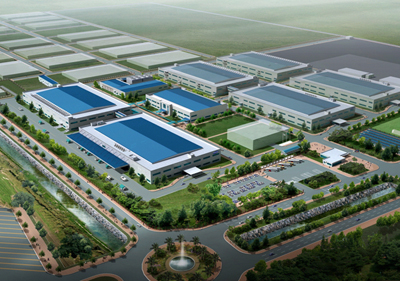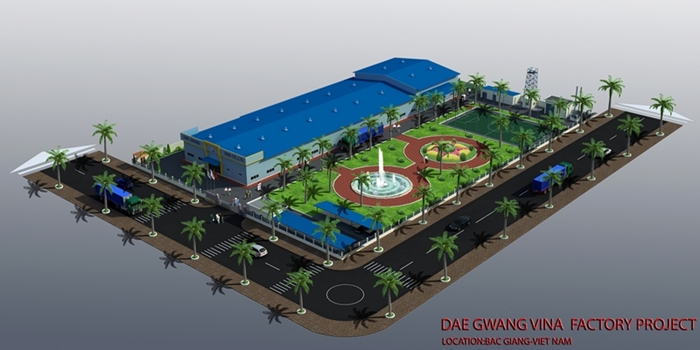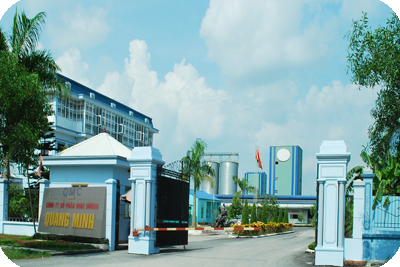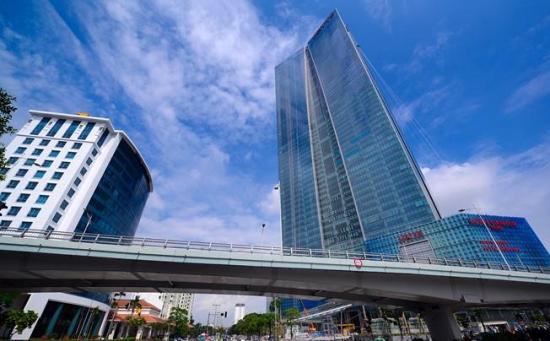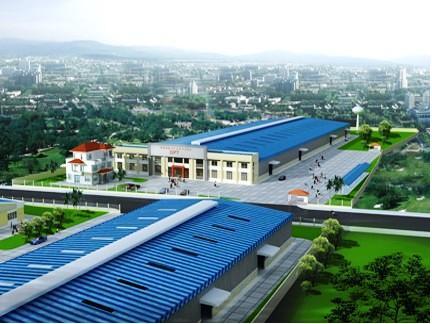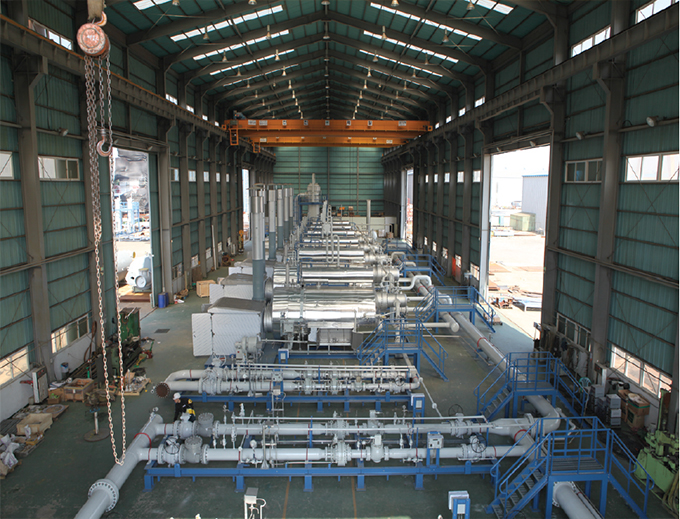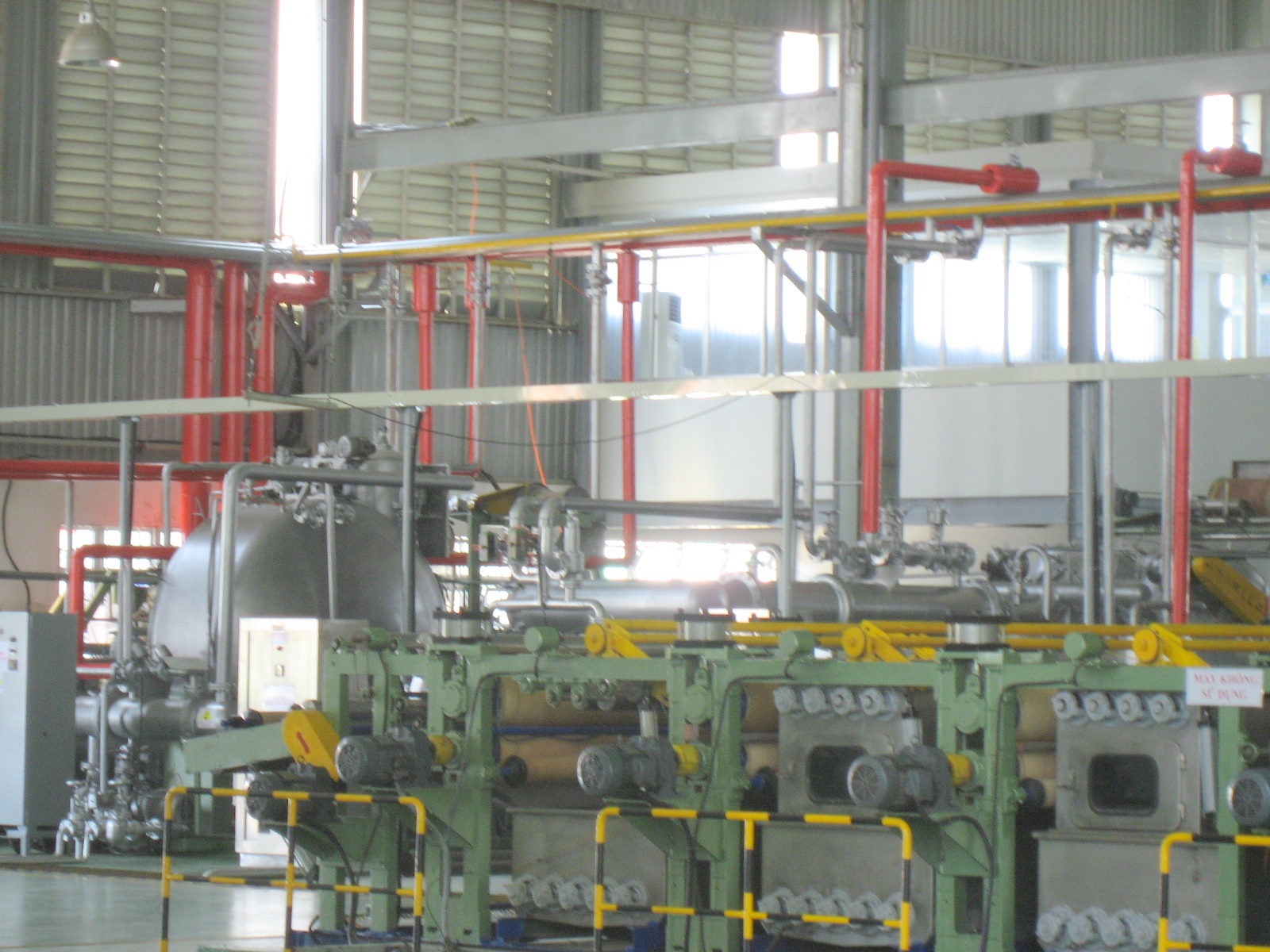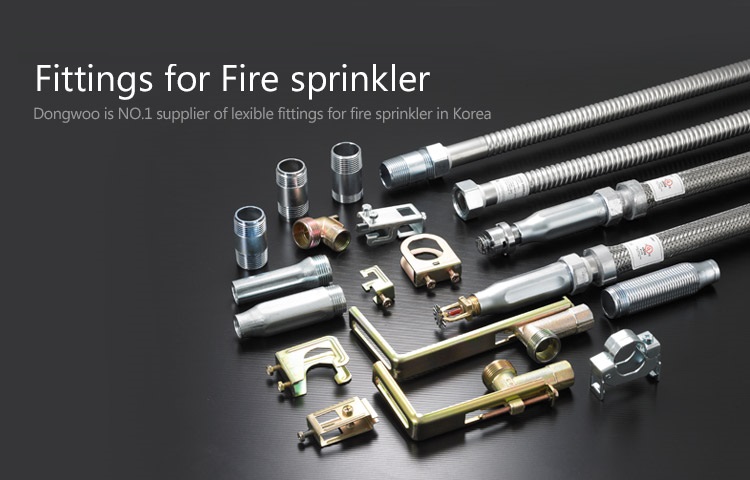Inox in energy and electricity
Today we extract oil and gas from more difficult sources (1), it usually means liquids are "hot and sour" (containing hydrogen sulphide) and may contain chlorine. Usually stainless steel is required to handle the corrosive environments, different alloys from 316L (S31603) two super class and two classes, and sometimes nickel alloy. The platforms at sea (2) to use stainless steel because they can withstand the corrosive sea water. For natural gas liquid, usually stored at -162 ° C, 304L (UNS S30403) stainless steel is often used, for pipe or tank. Even at lower temperatures, 304L still very flexible. (3)
In hydropower generation (4), turbine blades are usually made of stainless steel hard as 410NiMo (S41500) or Ni-16Cr-5 1.5Mo alloy (EN 1.4418, no number UNS). Sluice gates are usually made from 304L or 316L stainless steel while roller guides are made from hard alloy deposition as 17-4PH (S17400).
The power plant coal use stainless steel for many different applications, both in the high combustion temperature and corrosion resistance as well as at low temperatures. In the past 35 years, stainless steel has been used in the gas cleaning system, along with the nickel alloy, to reduce sulfur emissions of carbon dioxide.
Recently it has been used to reduce mercury concentrations. 10.5% Cr ferritic stainless steel (eg, UNS S40977 or EN 1.4003) is used to transport millions of tons of coal, particularly rail,
car. Both this and the 304 (S30400) is used for the coal chute where corrosion is a problem.
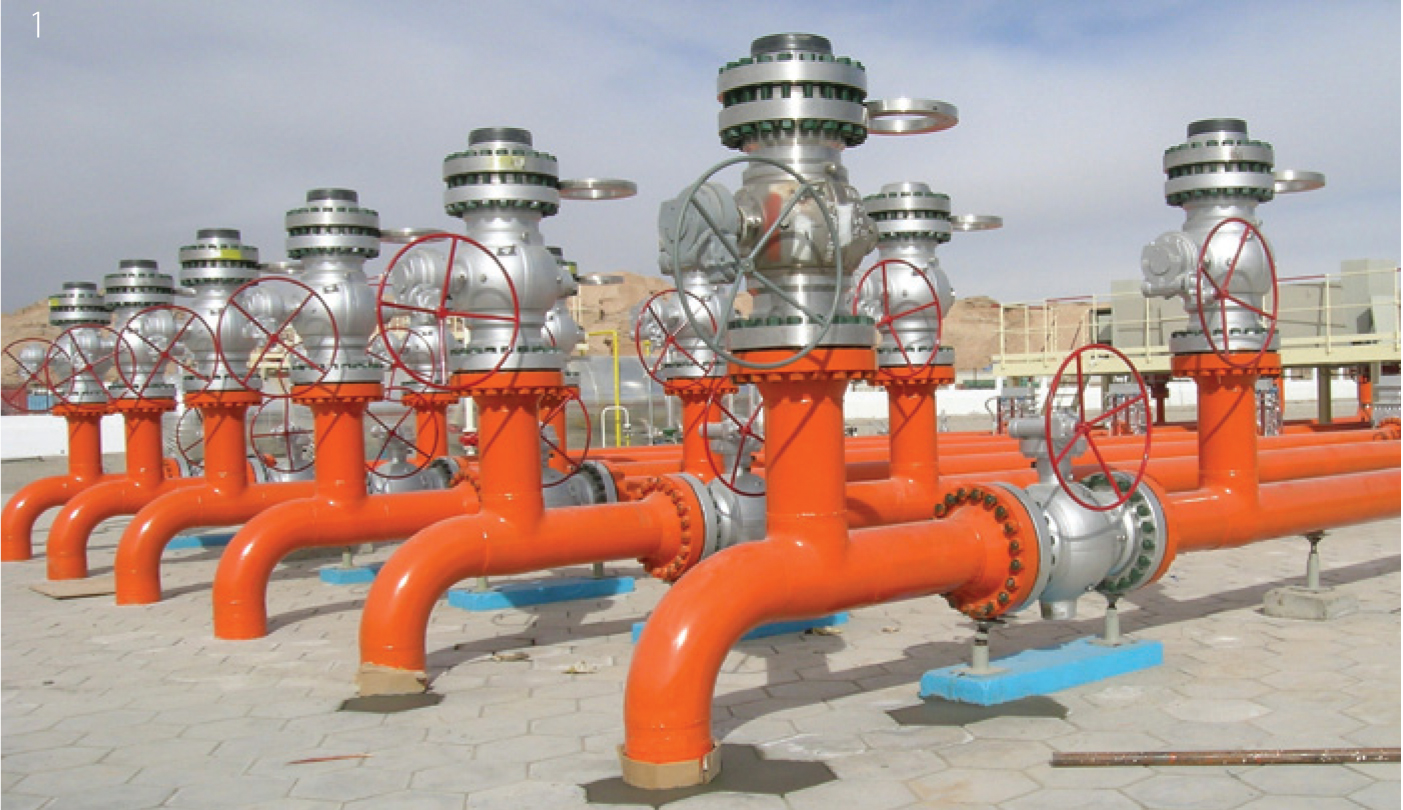
Power plants burning natural gas using multiple turbines and jet engines use them in this way. While nickel alloys are used in the turbine itself, other organs such as the rehabilitation, are made of alloy 301 (S30100) and 321 (S32100). Technology to capture and store carbon emissions from power plants burning fossil fuels are still being developed, although it is known that a number of important design using stainless steel. For example, the amino cleaning, which removes CO2, a series of points may be necessary: 316L, 410NiMo, 347 (S34700), double 2205 (S32205), 904L (N08904) and 6% Mo (eg , S31254 or N08367).
Although the field of nuclear energy have many common points with the fossil fuel plants, there are some special applications related to fuel spending. To regulate emissions from fuel Neutrons were lost during transport, a version of the 304 with at least 0.5% Bo used (S30462). A special version 304L type, known as NAG (nitric acid), used in the recycling of fuel.
Many devices are currently being developed to harness the power of waves and tides (5). A prototype of the device contains stainless steel which has a long track record of sea water applications in oil and gas sector.
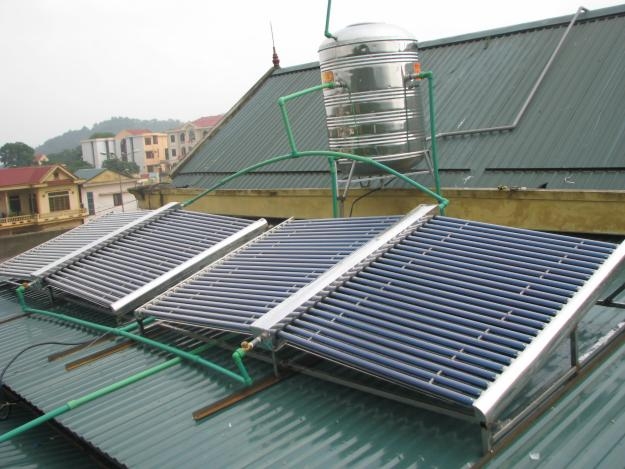
Transfer of knowledge to this new energy will become increasingly important. And super alloy bilayer-bilayer with their combination of strength and resistance to corrosion, will likely play an important role in demanding environments this. Stainless steel is a natural material for solar energy (6). Applications include panels solar hot water, surface panels (PV) thin film photovoltaic, panels support and connection for crystal PV panels, and mirror large area for solar energy collection system God.
Field of biofuels (7) to benefit from the properties against corrosion of heat-resistant stainless steel. In anaerobic digestion, type 304 is used for large digester tanks and associated piping. The same alloy is used extensively in the production of ethanol from corn or sugarcane. Type 316L is used in more corrosive conditions. Stainless steel is used in the thermal process, the field because of high intensity and corrosion resistance at high temperatures.
The other technology development stainless steel used include fuel cells, plant waste into energy, geothermal plants, (8) the process of fusion and energy storage. Clearly, the future of society depends on innovative energy sources and renewable energy, and it is clear the same stainless steel will be an integral part of their production.
Related Articles
- Introduction of stainless steel
- Stainless steel manufacturing industry chemistry
- Stainless steel water maintain integrity at Palomar California hospital
- Stainless Steel - 100 year history
- Stainless Steel Sheets
- Inox world
- Inox News
- CORROSION RESISTANCE INOX 304, 304L
- Learn about stainless steel Inox
- Comparison of 201 and 304 stainless steel



